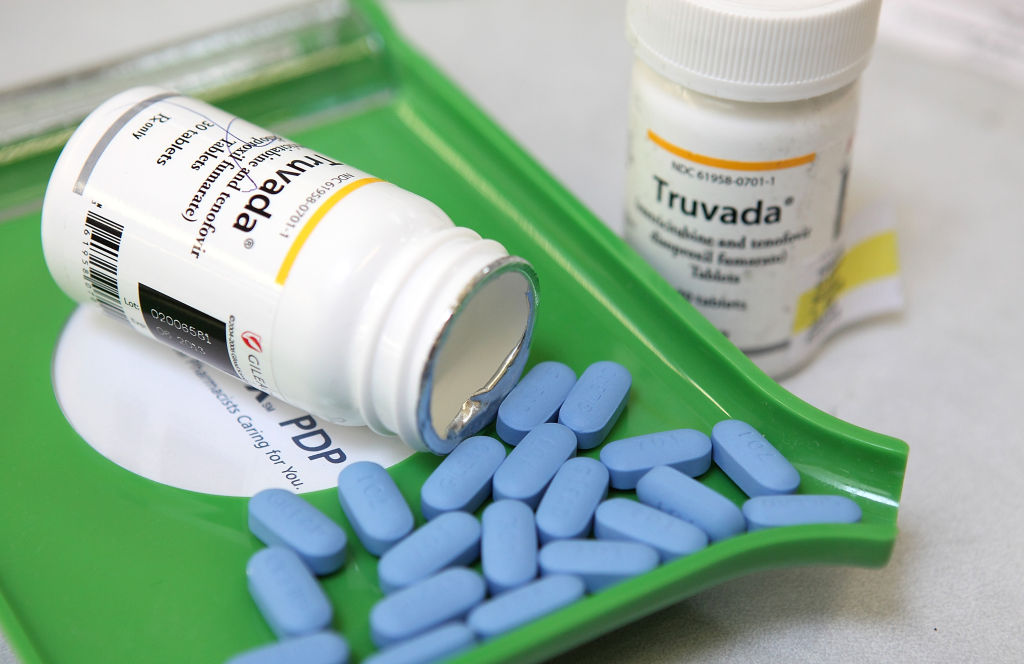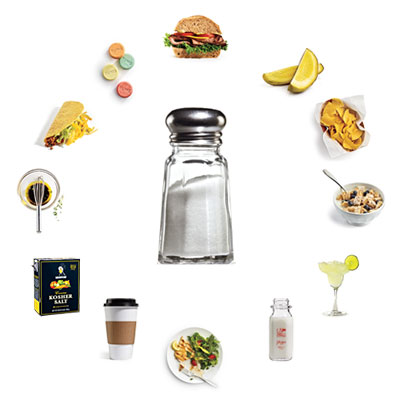
“Even 50 years after the first surgeon general’s report on smoking and health, we’re still finding out new ways that tobacco kills and maims people,” Dr. Thomas Frieden, director of the Centers for Disease Control and Prevention, recently told me. “It’s astonishing how bad it is.”
Dr. Frieden and public health specialists everywhere are seeking better ways to help the 44 million Americans who still smoke to quit and to keep young people from getting hooked on cigarettes. “Fewer than 2 percent of doctors smoke. Why can’t we get to that rate in society as a whole?” he wondered.
One reason: Smoking rates are highest among the poor, poorly educated and people with mental illness, populations hard to reach with educational messages and quit-smoking aids.
But when I mentioned to Dr. Frieden, a former New York City health commissioner, that the city’s streets are filled with young adult smokers who appear to be well educated and well dressed, he said television seems to have had an outsize influence.
Focus groups of white girls in New York private schools have suggested a “Sex in the City” effect, he said: Girls think smoking makes them look sexy. In the last two years, middle-aged men, too, have begun smoking in increasing numbers after a half-century decline. Dr. Frieden cited “Mad Men,” the popular TV series featuring admen in the early 1960s, when well over half of American men smoked.
Dr. Frieden said that an antismoking effort begun in 2008 by the World Health Organization “can make a huge difference in curbing smoking, and we should fully implement what we know works.” The program is called Mpower:
M stands for monitoring tobacco use and the effectiveness of prevention programs like antismoking videos on YouTube.
P for protecting people from secondhand smoke. Half the country still lacks laws mandating smoke-free public places. The latest national health survey found that about half of children from nonsmoking households have metabolites of tobacco in their blood, Dr. Frieden said.
O for offering help to the 70 percent of smokers who say they would like to quit. “Tobacco use remains egregiously undertreated in health care settings,” Dr. Helene M. Cole, associate editor of JAMA, The Journal of the American Medical Association, and Dr. Michael C. Fiore, a professor of medicine at the University of Wisconsin, wrote this month in the journal.
Medical aids for quitting smoking, which can triple the likelihood of success, should become available, without a co-pay, to many more people under the Affordable Care Act, Dr. Frieden said.
W for warning about smoking hazards through larger and more graphic messages on cigarette packs and paid advertising on radio and television.
E for enforcing bans on tobacco marketing, advertising, promotion and sponsorships. In bodegas throughout the country, Dr. Frieden said, “tobacco ads are used as wallpaper.” Smoking is freely depicted in movies and popular TV shows.
R for raising taxes, which studies have shown is the single most effective way to reduce smoking in the population, especially among teens.
“A higher cigarette tax is not a regressive tax, because it would help poor people even more than the well-to-do,” Dr. Frieden noted. President Obama has proposed an additional 94-cent-per-pack tax on cigarettes, which would yield $80 billion to fund universal prekindergarten.
Smokers ready to quit can choose from among a cornucopia of aids as wide-ranging as nicotine substitutes, low-dose antidepressants, hypnosis and acupuncture. While none by itself has a high rate of success, different methods have proved effective for different people. Many former smokers required several attempts before they managed to quit for good.
But quitting smoking does not necessarily require assistance. As two public health specialists, Andrea L. Smith and Simon Chapman at the University of Sydney in Australia, have pointed out, “The vast majority of quitters do so unaided.” A Gallup Poll conducted last year in the United States found that “only 8 percent of ex-smokers attributed their success to [nicotine replacement therapy] patches, gum or prescribed drugs,” these experts noted. “In contrast, 48 percent attributed their success to quitting ‘cold turkey’ and 8 percent to willpower, commitment or ‘mind over matter’.”
They added, “For many smokers, having a reason to quit (a why) was more important than having a method to quit (a how).”
For my husband, who smoked a pack a day for 50 years, the “why” was his distress at seeing two beautiful young nieces smoking; he made a pact with them to quit if they would, and he followed through.
Techniques that can help people trying to quit when troubled by the urge to smoke include waiting 10 minutes and distracting yourself; avoiding situations you associate with smoking, at least until you have become a committed ex-smoker; using stress reducers like physical activity, yoga, deep breathing, muscle relaxation and self-hypnosis; seeking moral support from a nonsmoking friend, family member or online stop-smoking program; and oral distractions like chewing sugarless gum or raw vegetables.
Electronic cigarettes are being promoted by some as a way to resist the real thing. E-cigarettes, invented in 2003 by a Chinese pharmacist, contain liquid nicotine that is heated to produce a vapor, not smoke. More than 200 brands are now on the market; they combine nicotine with flavorings like chocolate and tobacco.
But their contents are not regulated, and their long-term safety has not been established. In one study, 30 percent were found to produce known carcinogens. Dr. Frieden said that while e-cigarettes “have the potential to help some people quit,” the method would backfire “if it gets kids to start smoking, gets smokers who would have quit to continue to smoke, gets ex-smokers to go back to smoking, or re-glamorizes smoking.”
Nearly two million children in American middle and high schools have already used e-cigarettes, Dr. Frieden said. In an editorial in the Canadian Medical Association Journal last year, Dr. Matthew B. Stanbrook, an assistant professor of medicine at the University of Toronto, suggested that fruit-flavored e-cigarettes and endorsements by movie stars could lure teens who would not otherwise smoke into acquiring a nicotine habit.
A survey in 2011 of 75,643 South Korean youths in grades 7 through 12 by researchers at the University of California, San Francisco, revealed that four of five e-cigarette users also smoked tobacco. It could happen here: Stanton A. Glantz, the study’s senior author and a professor of medicine at the university, described e-cigarettes as “a new route to nicotine addiction for kids.”
Source: New York Times





